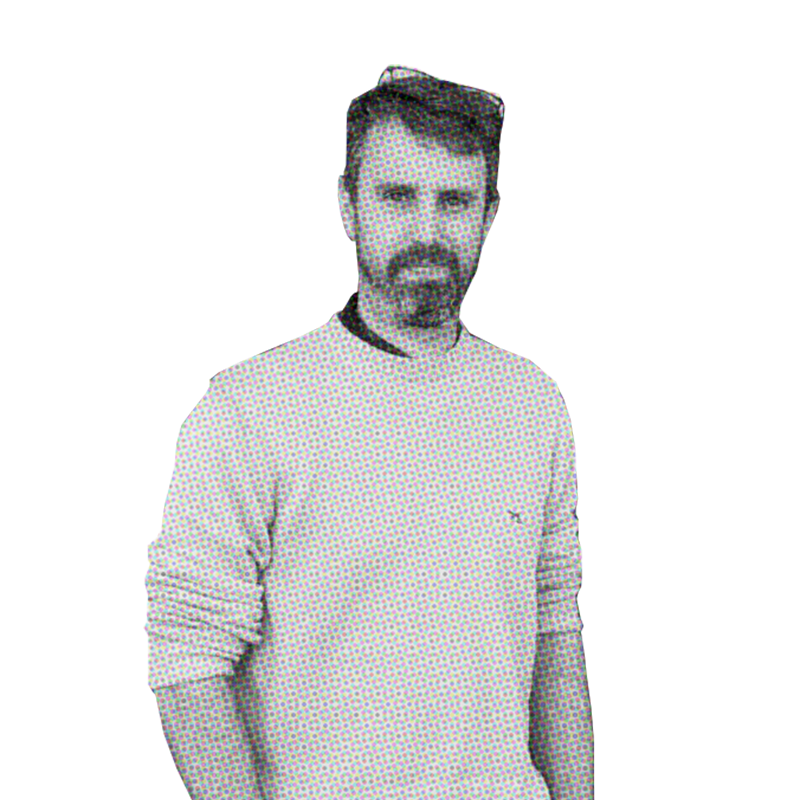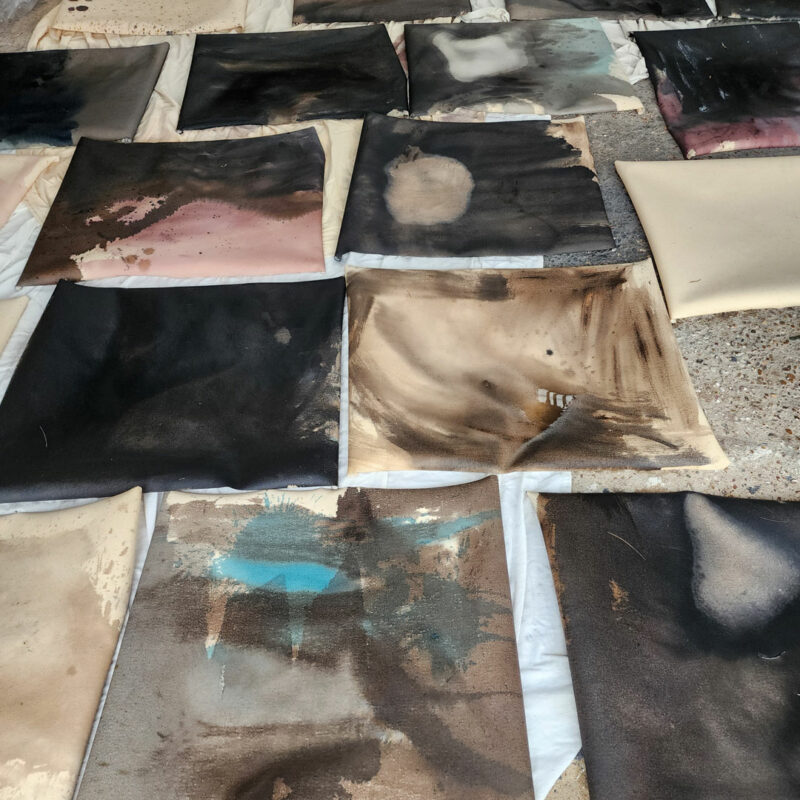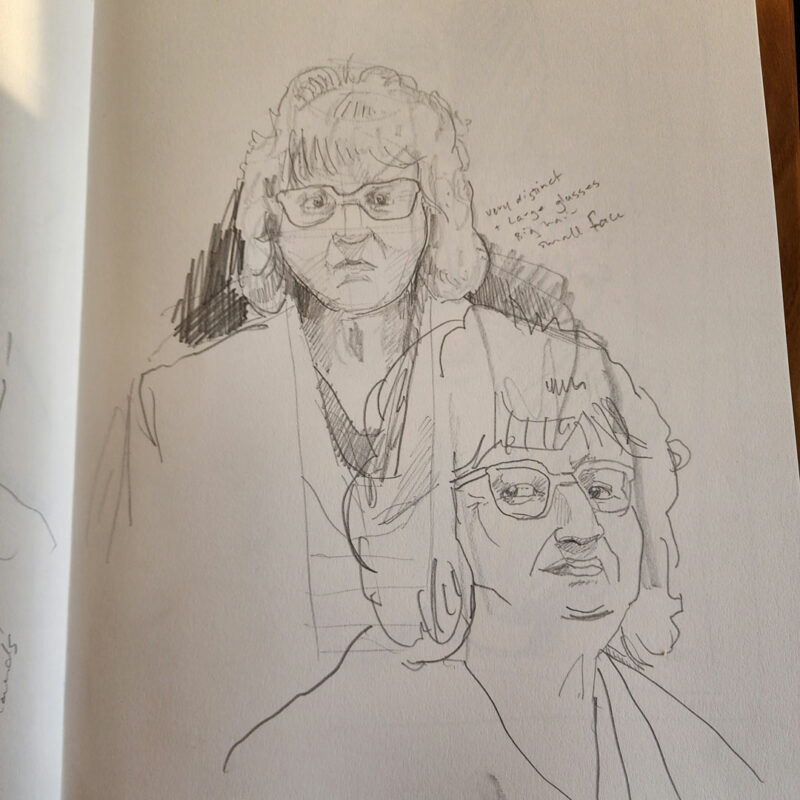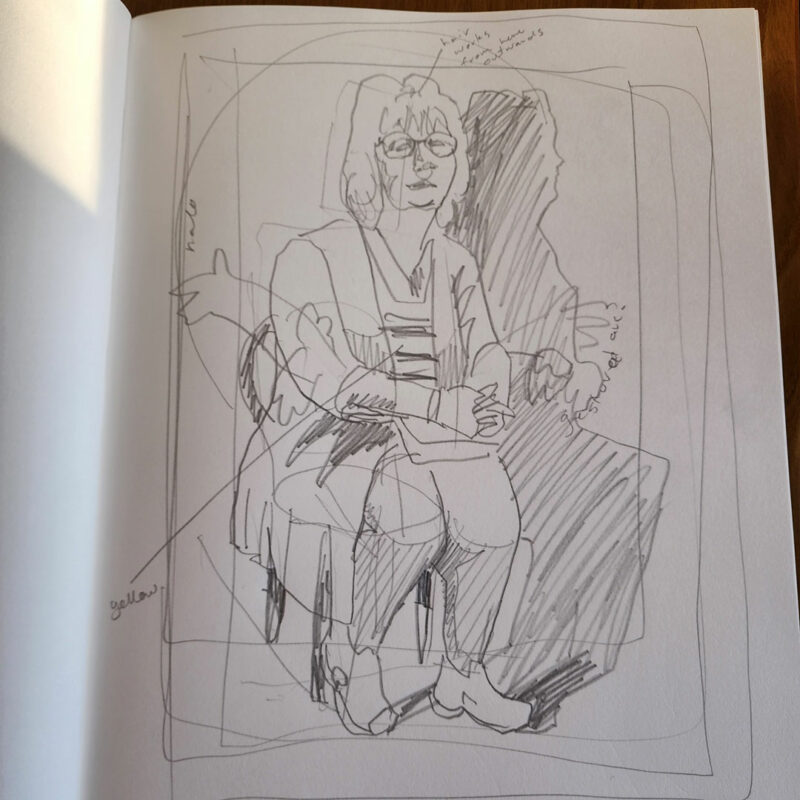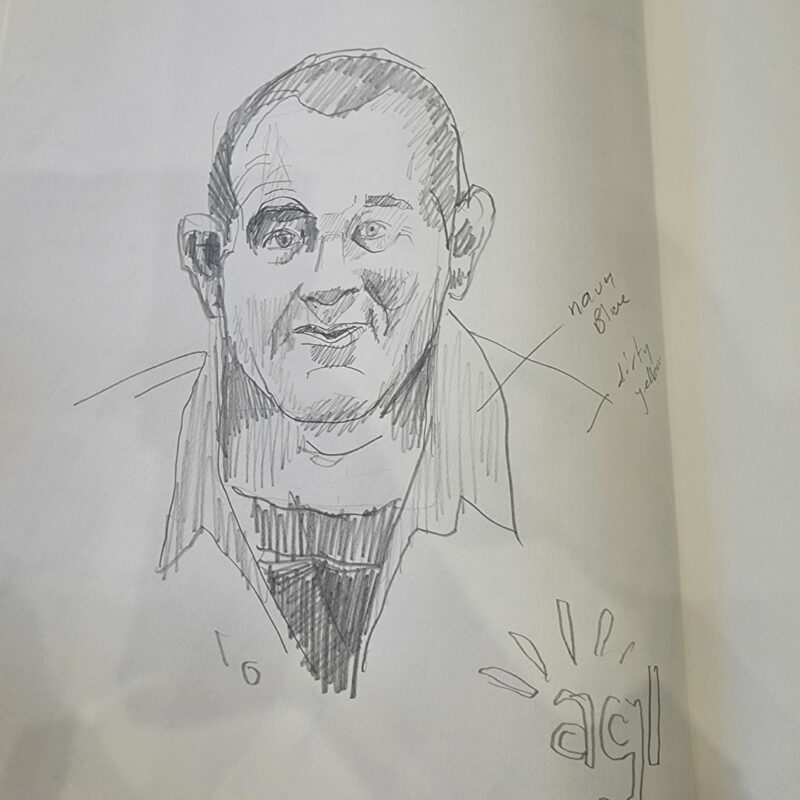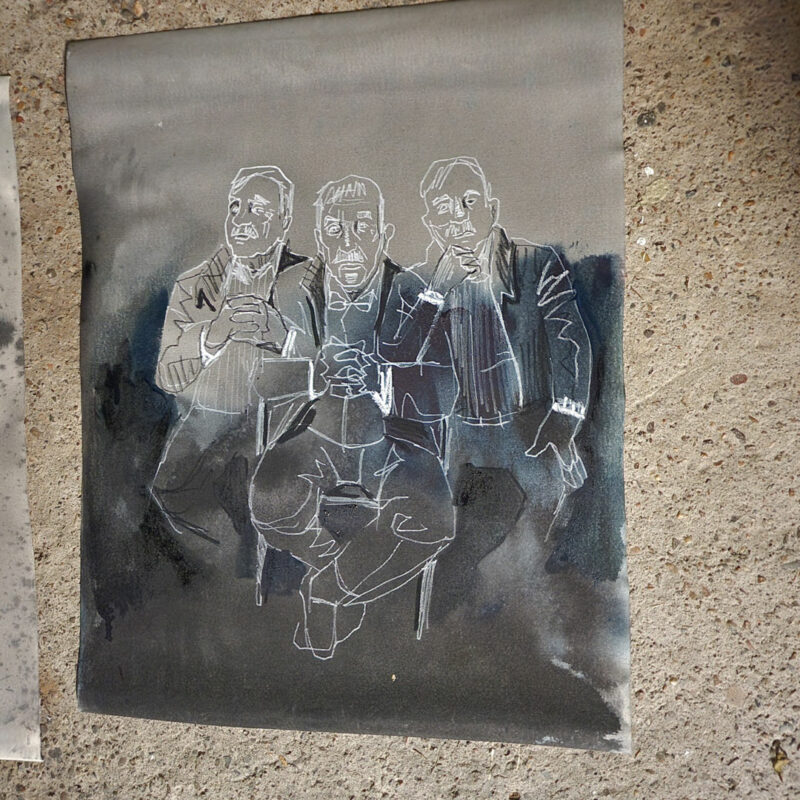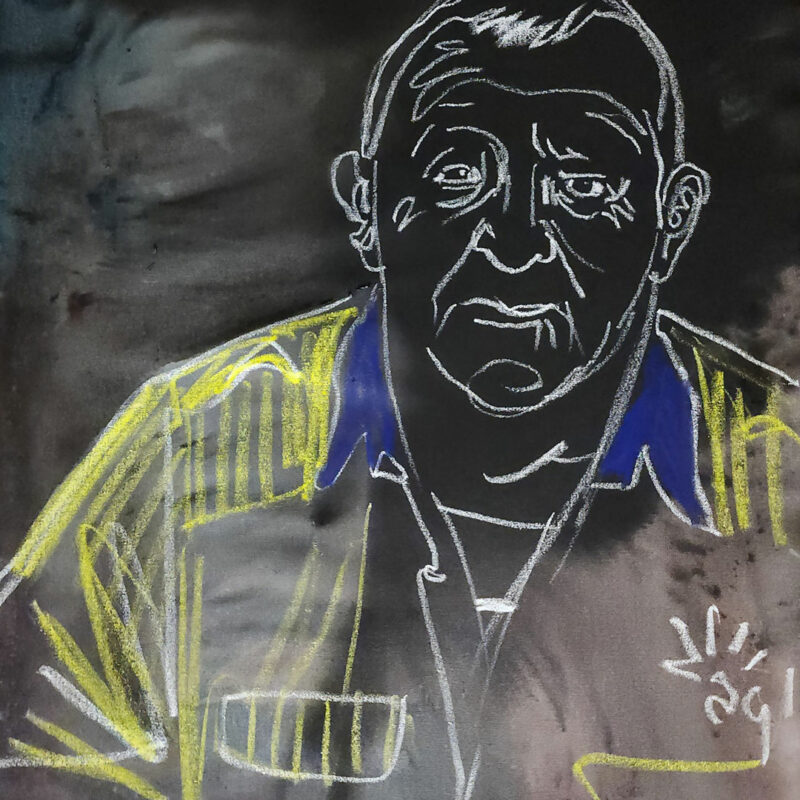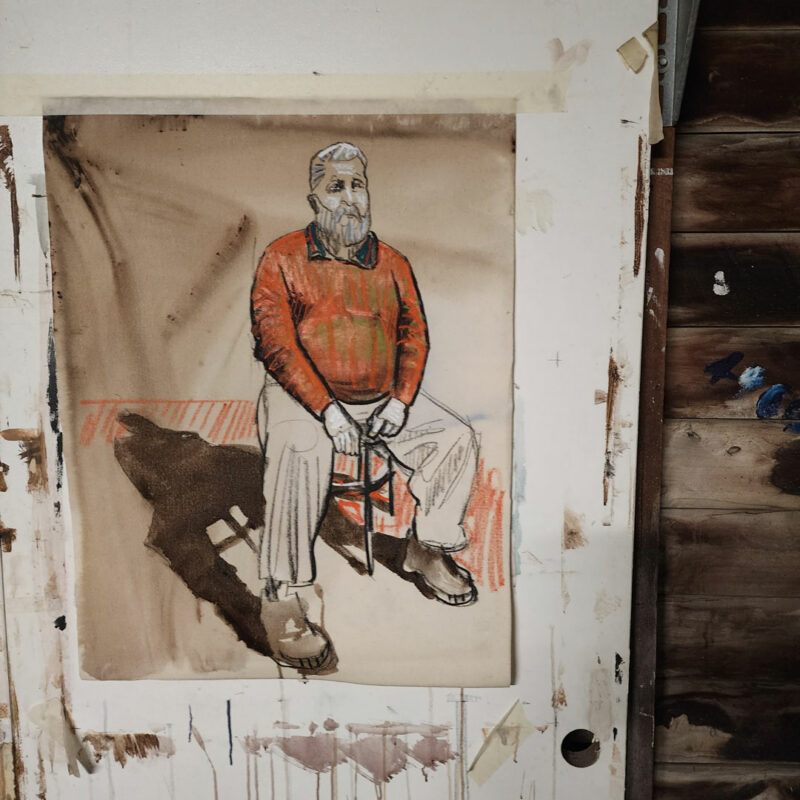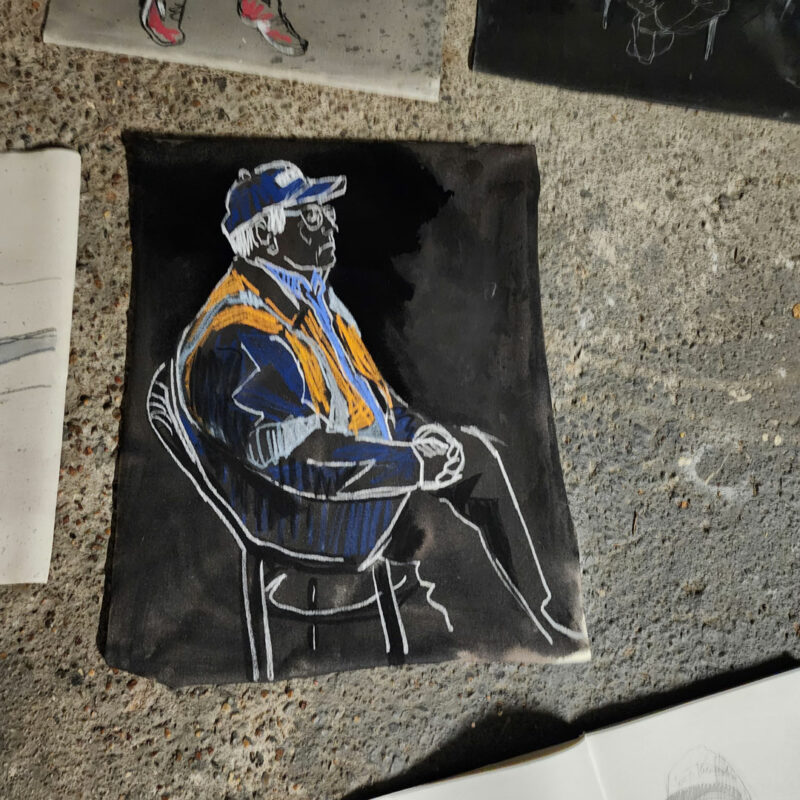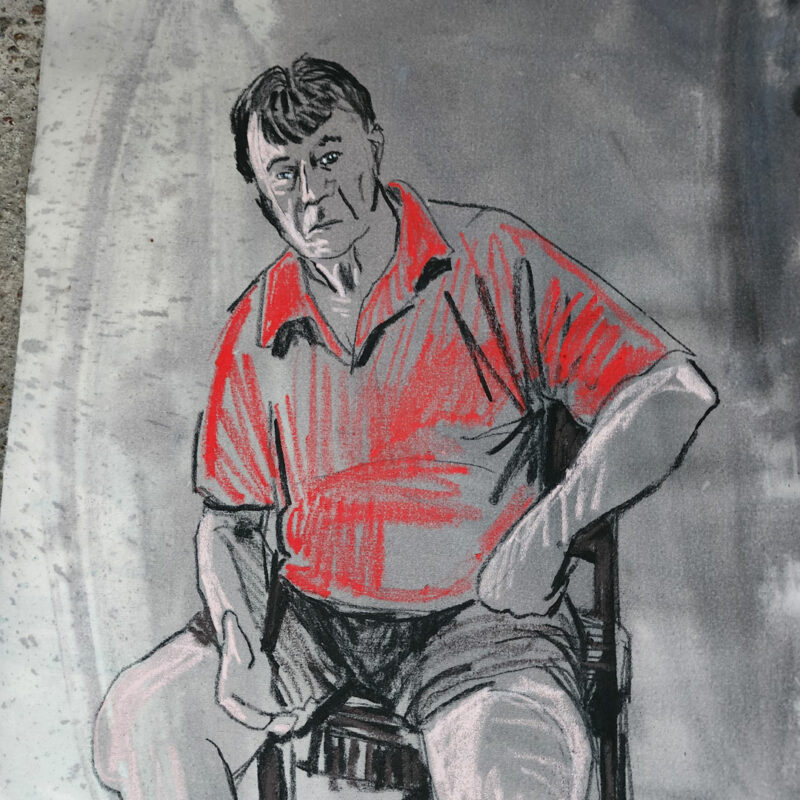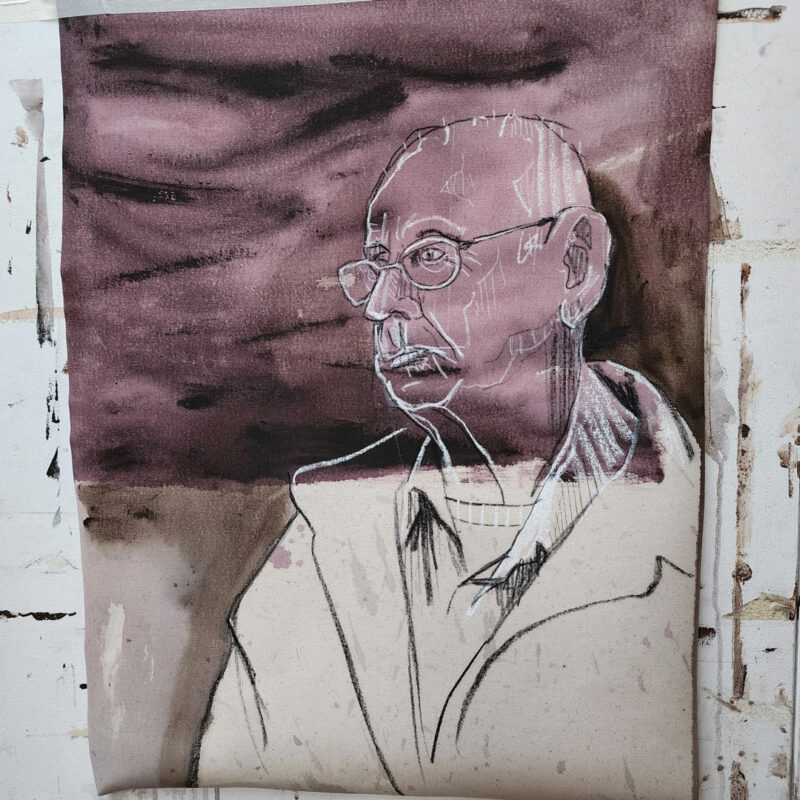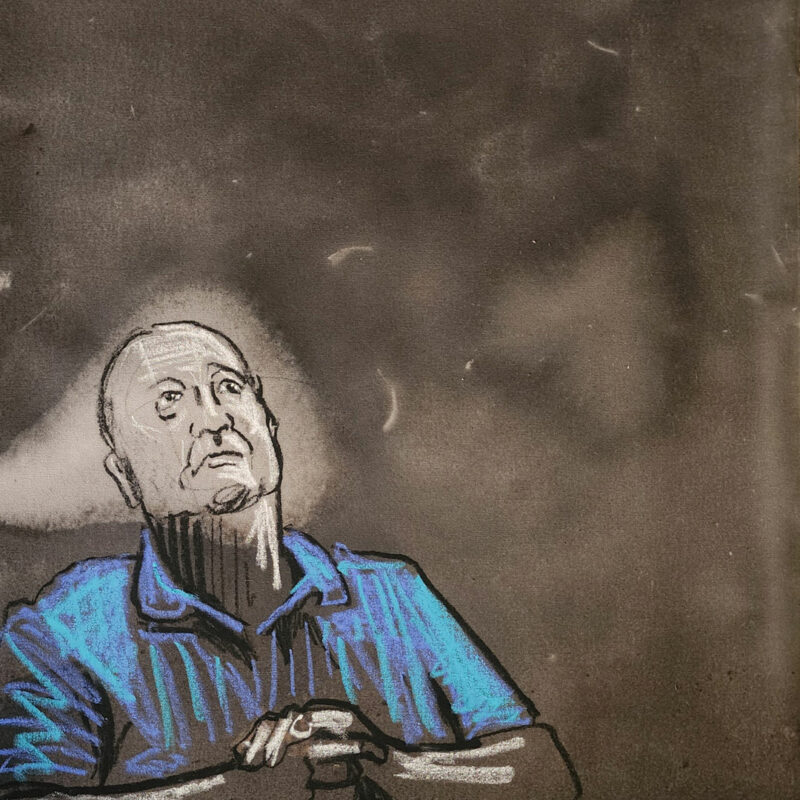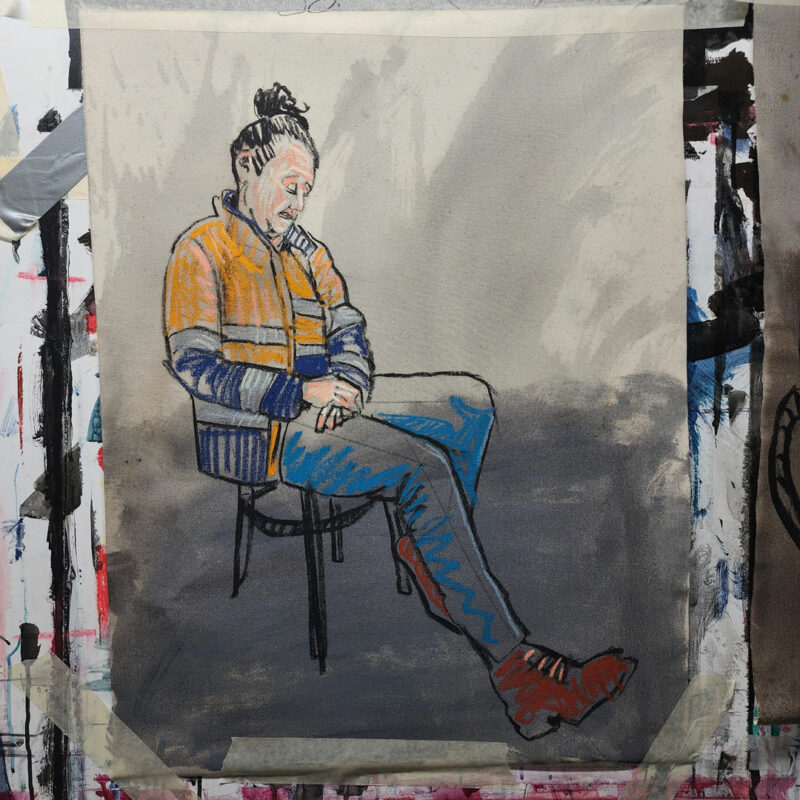A graduate of Sydney’s National Art School, Todd Fuller has exhibited widely across Australia over the last ten years. He was a finalist in the 2019 Sir John Sulman Prize, won the prestigious Jacaranda Acquisitive Drawing Award in 2018, and his work is present in various public and private Australian collections, including the Parliament House Art Collection, Artbank, Sydney Harbour Trust, and numerous regional art galleries. Fuller has recently completed his first major public artwork, a projection for the Maitland Administration Centre. Alongside his national success, Fuller has gained international attention, with his works in exhibitions in the United States, Italy, France, South Korea, Bangladesh, England, Singapore and Malta. He has been awarded a number of residencies that have informed and developed his practice, including time spent at Bundanon Trust, Hill End, Grafton Regional Art Gallery, as well as international stints at the Cite Internationale des Arts in Paris, the British School of Rome, and recently the NG Creative Residency in Provence.
Todd Fuller
"My father worked at Liddell for 38 years. As such, I have an intimate insight into the experiences of those who worked at Liddell, the local community and the social and political complexities of workforce as the station reached the end of its life. It is rare that the stories of workers of institutions such as Liddell have the opportunity to tell their stories. This is a unique opportunity to archive, document, preserve and celebrate the human side to this significant site"
Approach
This was a new process for Todd Fuller, and he was focused on building trust and a shared understanding so they could capture and share the intimate and human side of the Liddell story. Todd was acutely aware that these stories were not his own, so he tried to be open, accommodating, and organic in how each interaction and artwork was shaped. The process of creating these artworks began with identifying both current and past employees. This was made possible through a mix of personal connections, recommendations, and the support of Arts Upper Hunter and AGL. Todd then focused on scheduling and building rapport with the participants. Not many of the interviewees had been drawn by an artist before, so it was a learning process for Todd and the interviewees alike. Spending dedicated time, typically an hour, speaking with the workers allowed Todd to delve into their personal histories, attitudes, and connection to Liddell. Sometimes they followed a clear interview structure, but some interviewees took the lead and told Todd what they wanted to share. During these conversations, Todd had to juggle mentally; taking notes, drawing, measuring proportions, keeping the subject comfortably chatting, and trying to find new aspects, angles, and perspectives. At the end of the day, while the interviewee was still fresh in Todd's mind, he would retire to the studio and, armed with his notes from the day, try to create a resolved exhibitable artwork. These works were completed on canvases created in a Branxton yard. The surface was a mix of pigments, inks, and paints, left out in the elements to give Todd a unique texture. The final step of the process was more curatorial; reviewing the sound files, Todd pieced together a narrative across the whole body of work by sharing moments gathered in the interviews. Working with these, he tried to craft an experience for the viewer whereby viewing portraits and listening to selected moments from the interviews, the audience would understand a holistic Liddell experience. Todd had nearly 30 hours of interviews, so culling this down to small, digestible sound bites was an exciting challenge for him.

